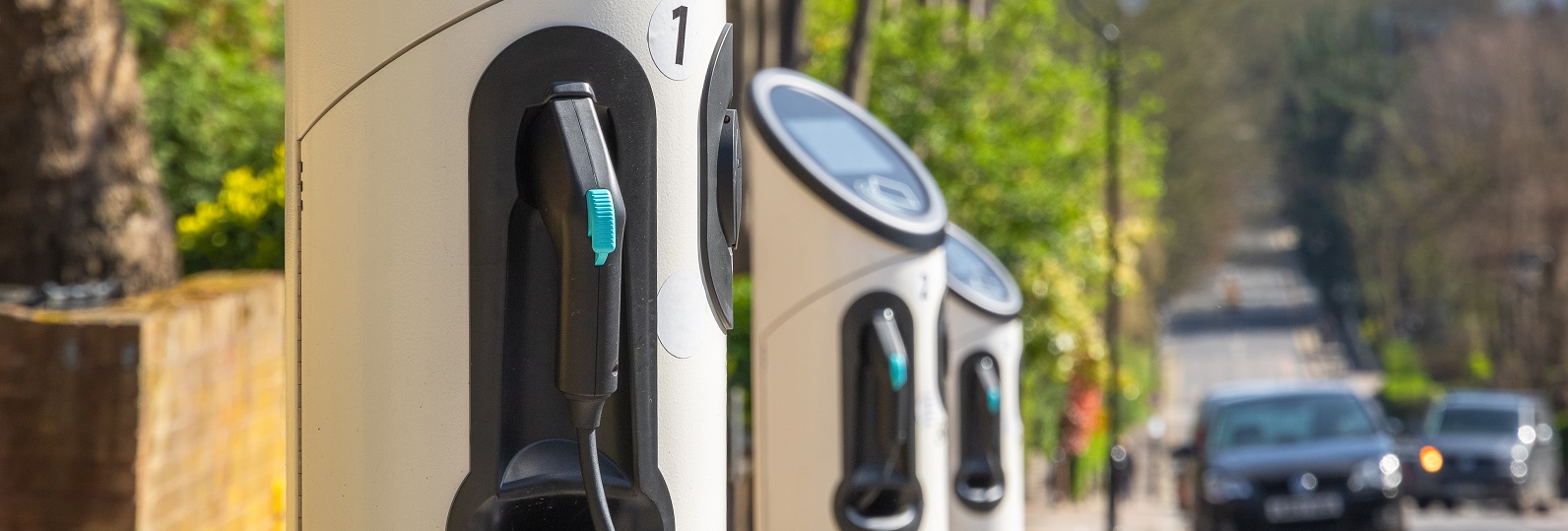
Sustainability | 5 December 2022
five ways one person could have a big impact when it comes to cutting carbon
Coutts have identified five key areas where an individual could further reduce their carbon footprint and help the environment.
Every pound we spend has a carbon footprint so, by making changes to spending and investing, one person could create a big difference. As more and more of us look at how we can make changes to help the climate, we’ve brought together some exclusive research on how Coutts clients could reduce the amount of carbon that enters the atmosphere.
In collaboration with fellow B Corp Cogo, an expert in carbon footprint management, we’ve identified five key areas where an individual could further reduce their carbon footprint and help the environment.
1. Flying & Travel

- Aviation makes up 10% of total UK CO2 emissions (1).
- But it makes up 22% of the carbon footprint of high-net-worth individuals (HNWs) who often have to travel for business (2).
2. Fashion

- As at 2019, the fashion industry and its supply chain generate approximately 2% of all UK consumption greenhouse gas emissions (5).
- Fashion and clothing make up 20% of the average HNWs carbon footprint (2).
- Globally, approximately 85% of all textiles go to landfill each year: every second the equivalent of a bin lorry of clothes is sent to landfill (6).
3. groceries

- As at 2019, food production and consumption represent around 13% of the UK’s total greenhouse gas emissions (5).
- Groceries account for around 14% of the total carbon footprint for a HNW individual (2).
Food production can be complex in how it impacts the environment but there are ways to eat well and more sustainably.
4. motoring

- Motoring accounts for 9% of a HNW individual’s annual carbon footprint (2).
5. home energy

- Home energy accounts for 7% of a HNW individual’s annual carbon footprint (2).
What is Coutts doing to lower their carbon emissions?
- Our operations are now net zero.
- We’re a B Corp, meaning we’re externally scored on how we improve our environmental standards in order to maintain this certification.
- We’re working to further reduce the carbon our investments create, engaging with the funds and businesses we invest in.
- We’re a member of the Net Zero Asset Managers’ Initiative, which has so far moved committed $61.3 trillion of assets to net zero carbon investment.
- We’re a signatory of the United Nations’ Principles for Responsible Investment.
If you would like to learn more about our approach to sustainability, please contact your private banker or wealth manager.



